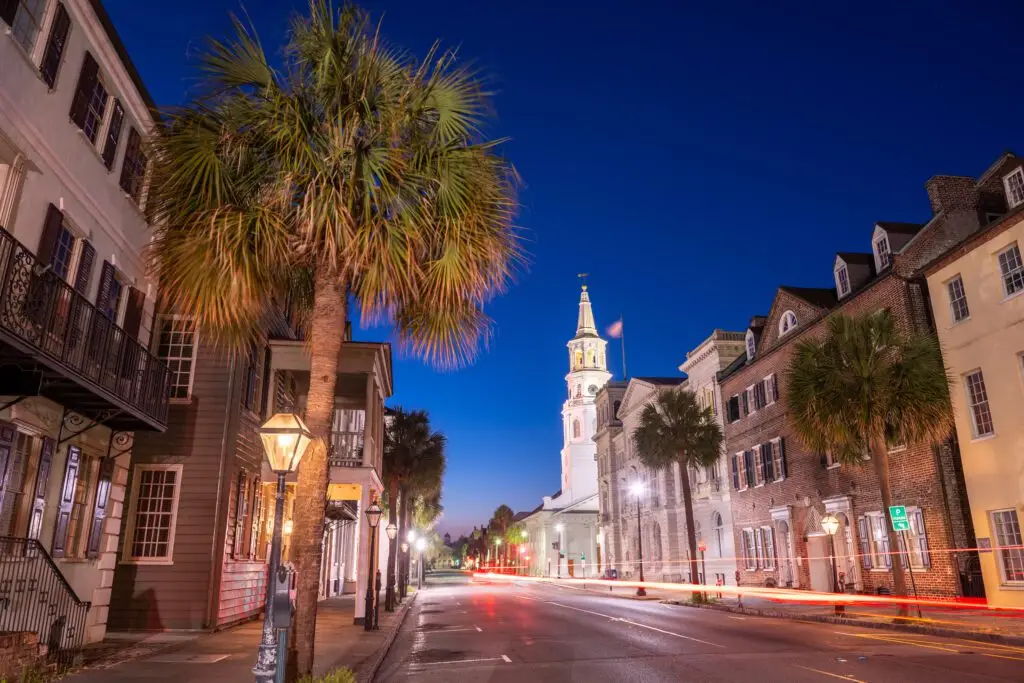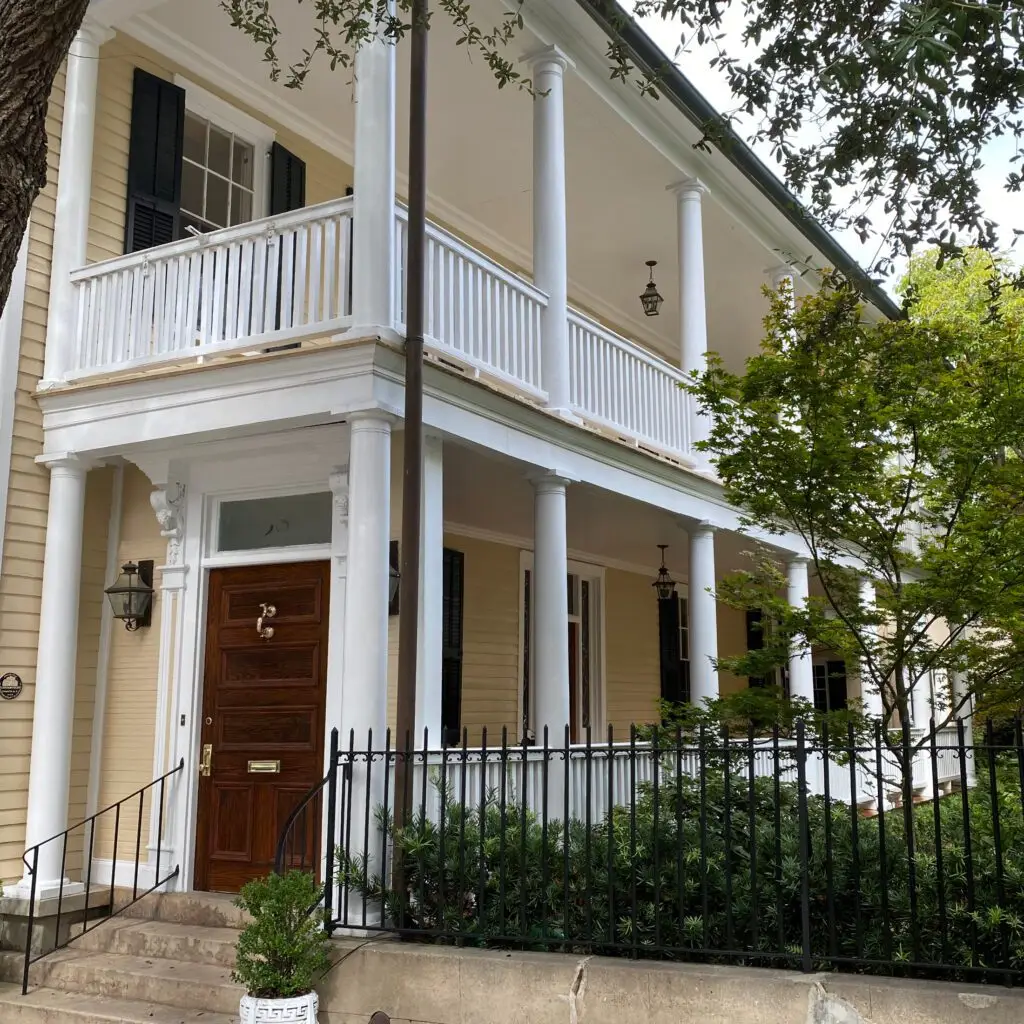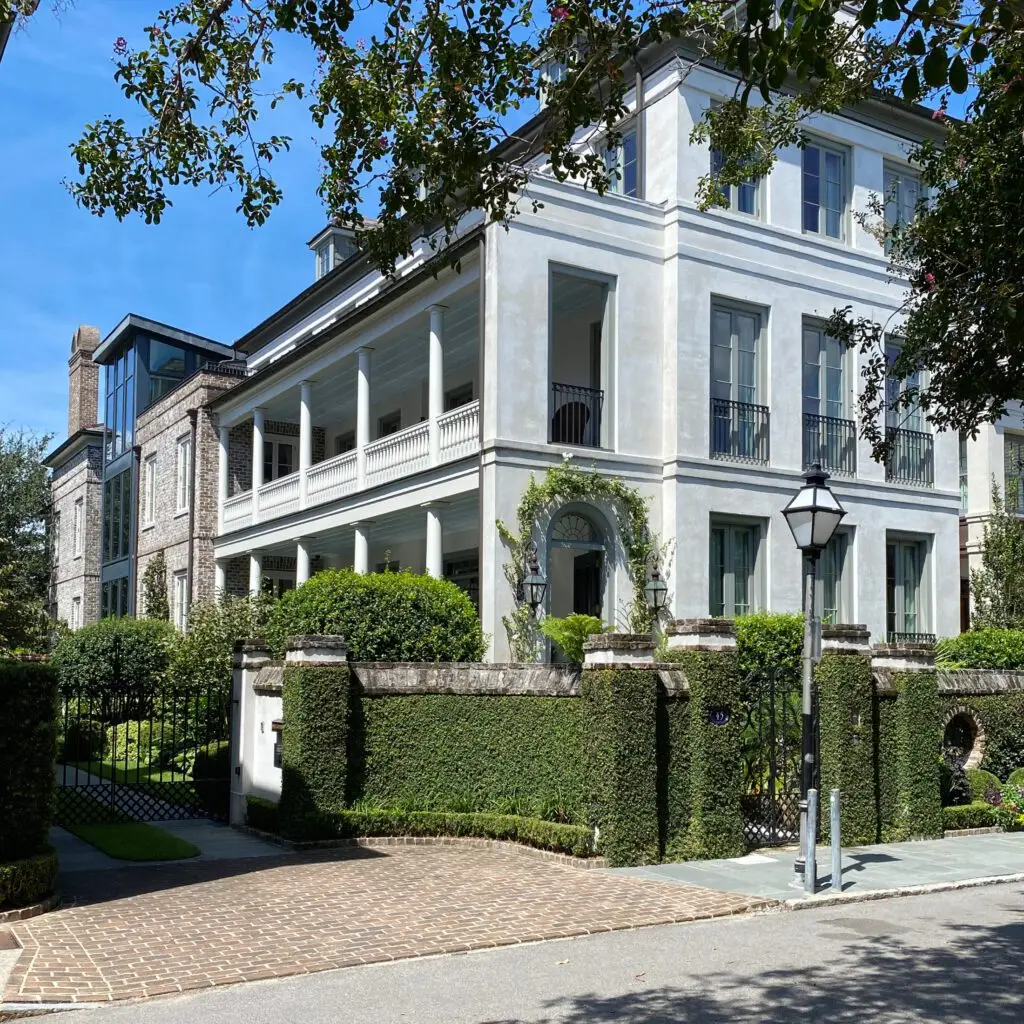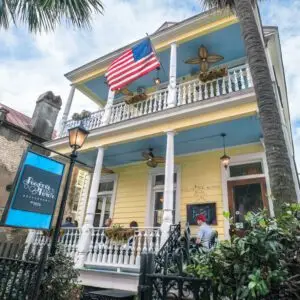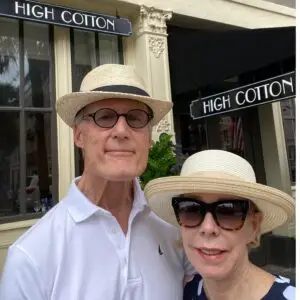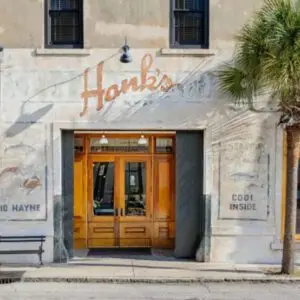Charleston South Carolina offers a blend of historic charm, stunning architecture, delectable cuisine, and rich cultural heritage. From its impressive hotels, like the Bennett Hotel, to the many historic homes, like the Hayward-Washington House, Charleston offers an abundance of amazing sites to visit.
Historic Sites
When you live in the Northeastern US for a good part of your life, as I did, you think of Sturbridge Village, Boston, Mystic Seaport and Philadelphia has having very important colonial pasts. These are places where history is brought to life through the rehabilitation of the original buildings and neighborhoods. Colonial Williamsburg also comes to mind.
South Carolina, and in particular Charleston, did not register until we moved to the Low Country. The Low Country, however, from Savannah, through Beaufort, to Charleston, represents some of the most historic sites in all of the United States.
Charleston Carriage Tour
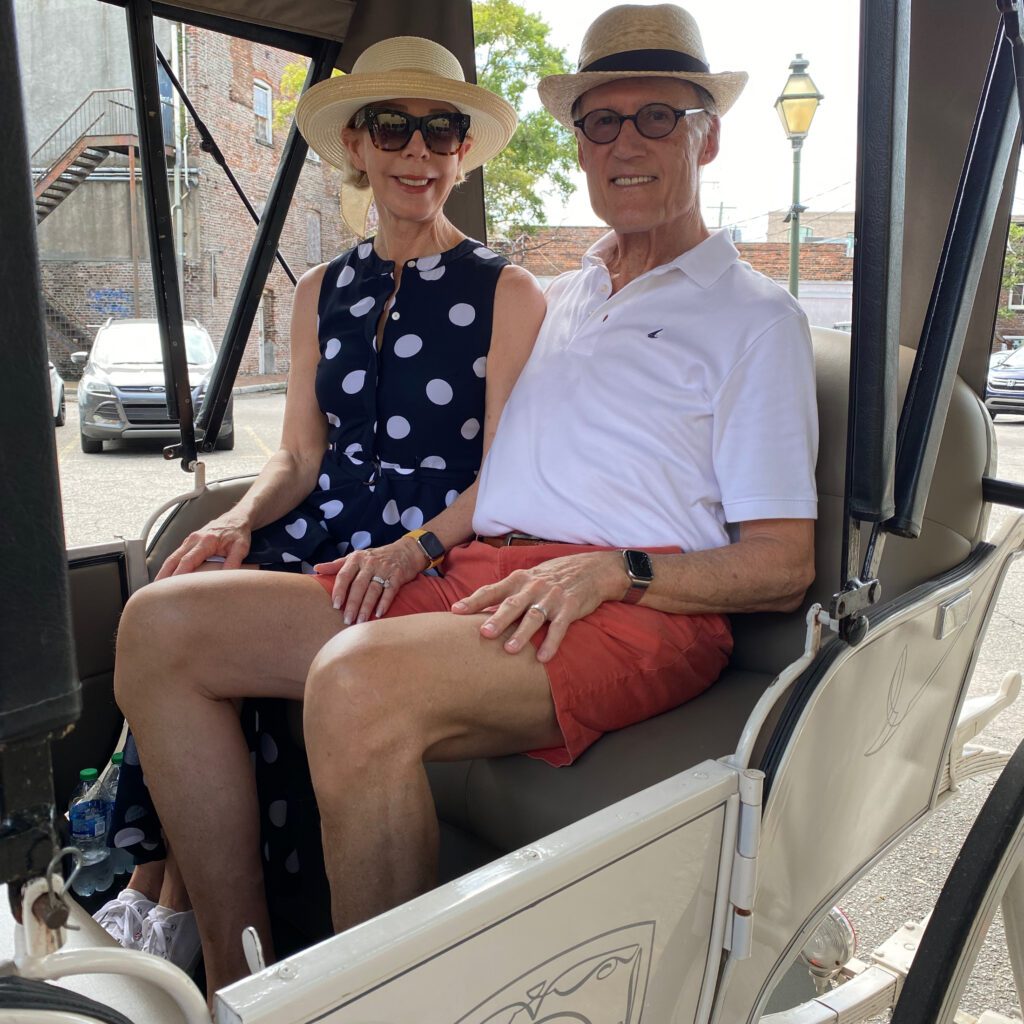
Like with most cities we visit for the first time, we take a guided tour to get an idea of where we would like to spend more time. In Charleston the best way to do this is to take an Historic Charleston Carriage Tour with the renowned Old South Carriage Company. It is a charming horse-drawn carriage that takes you on a journey through the city’s rich history.
We headed south, down Meeting Street to see the historic homes south of Broad Street.
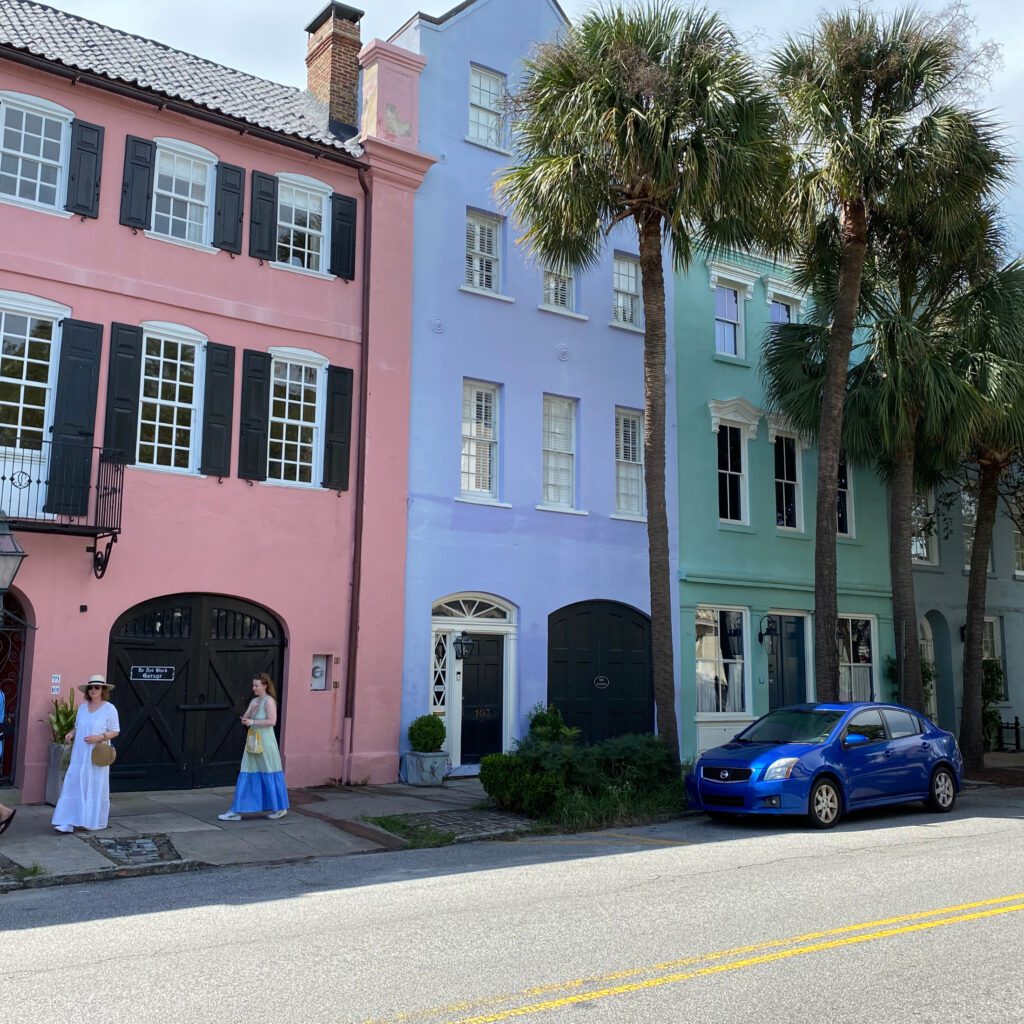
The first stop was Rainbow Row, a series of colorful Georgian-style houses along East Bay Street. Each house boasts a unique pastel shade, creating a vibrant and picturesque scene.
Waterfront Park
Next, the carriage made its way to Charleston Waterfront Park, where you can walk along Murray Boulevard and marvel at the stunning views of the harbor.
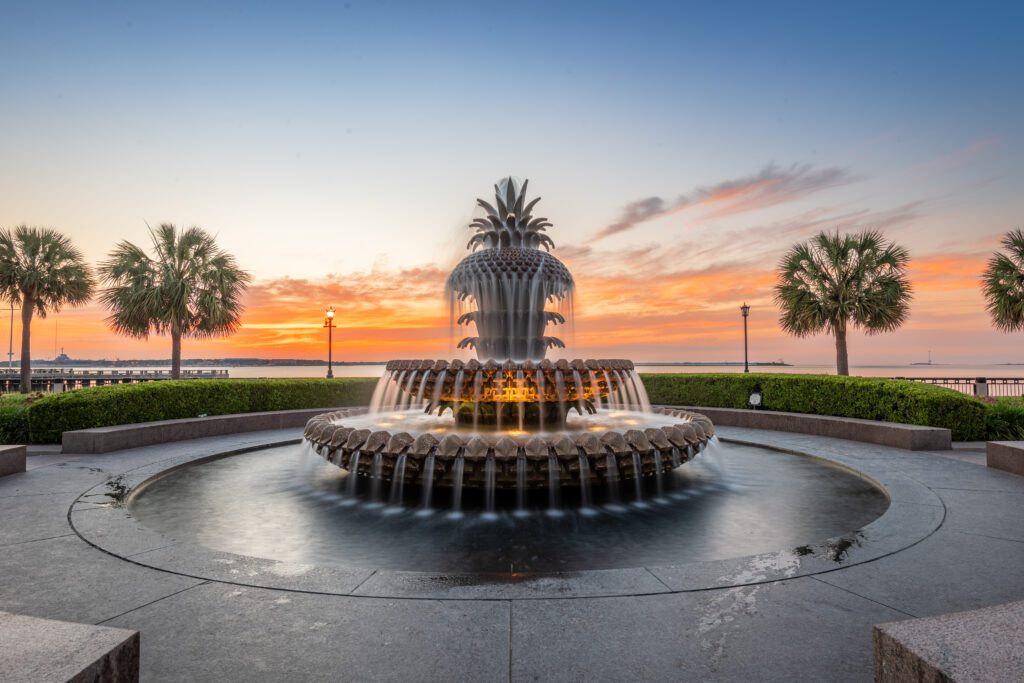
One of the most beloved landmarks in Charleston is the Pineapple Fountain, located in Waterfront Park. The pineapple is a symbol of hospitality and is a common motif found throughout the city.
Charleston Harbor
Out there in the mouth of the harbor is Fort Sumter where a famous Civil War battle raged; we, however, did not have time to tour on this trip. Also on the other side of the harbor is Patriots Point Naval and Maritime Museum. We saved this site for our next visit too. The museum has two naval vessels you can board, including the aircraft carrier USS Yorktown.
Historic Charleston Homes
There is so much to see, so plan ahead. For your walking sightseeing, limit the area to that south of Calhoun Street and east of Rutledge Avenue. In addition to the historic sites most all of the private homes in this area are also worth a stop for a photograph. The city has very strict rules governing home construction and renovation. Some homes, you might notice, appear to be abandoned. The owners are just waiting from them to fall down. Then, and only then, will they be allowed to clear the lot and raise a new structure.
Historic Charleston Churches
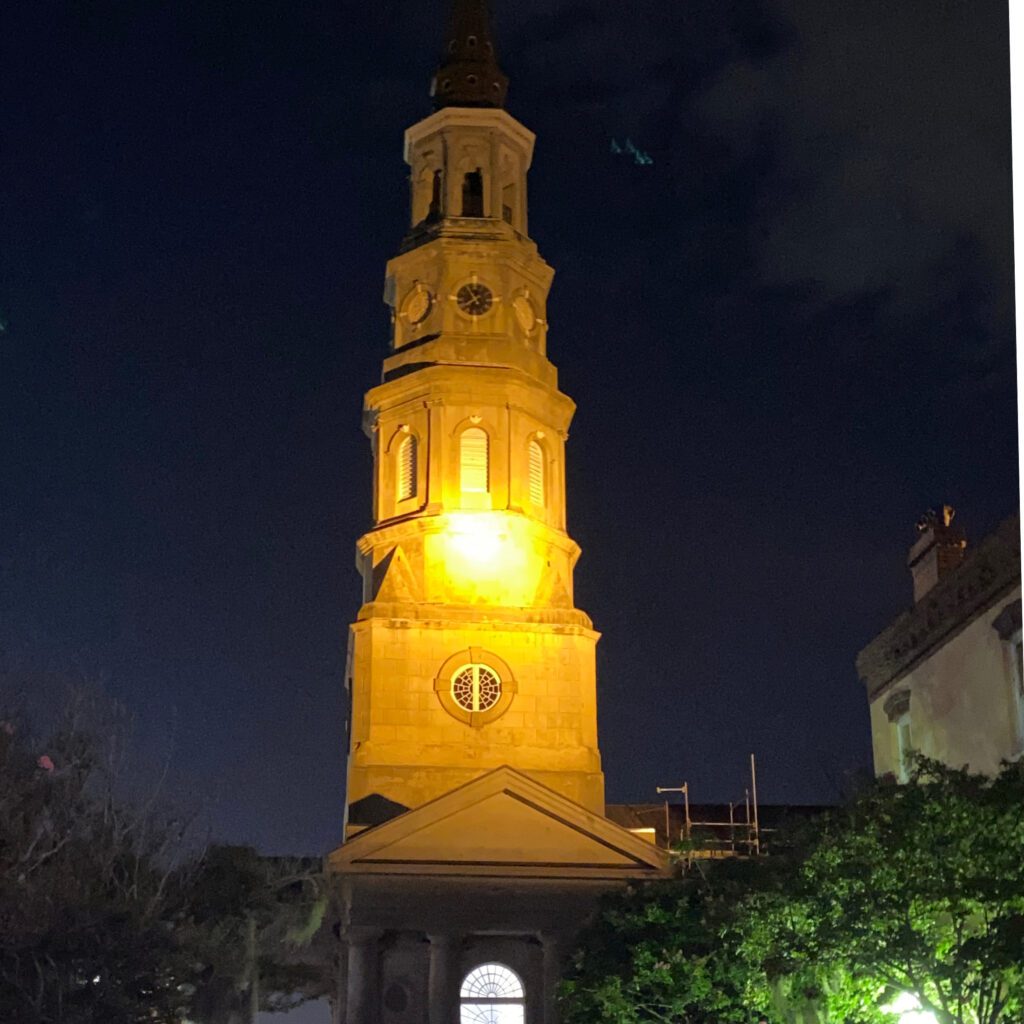
Apart from its historical homes, the city has a concentration of historic churches with steeples dotting the skyline. This unique characteristic is said to have led a reporter from the New York Evening Post to coin the term “Holy City” in the early 20th century. This nickname is well earned by the city’s assortment of very unique places of worship.
From the graceful architecture of St. Phillip’s Episcopal Church (1838) to the awe-inspiring gothic architecture of the Cathedral of St. John the Baptist you will be impressed. The historic Circular Congregational Church, dating back to the early 17th century is also a good place to stop and investigate. Charleston South Carolina rivals many northeastern US cities for its early colonial places of worship.
South of Broad Street
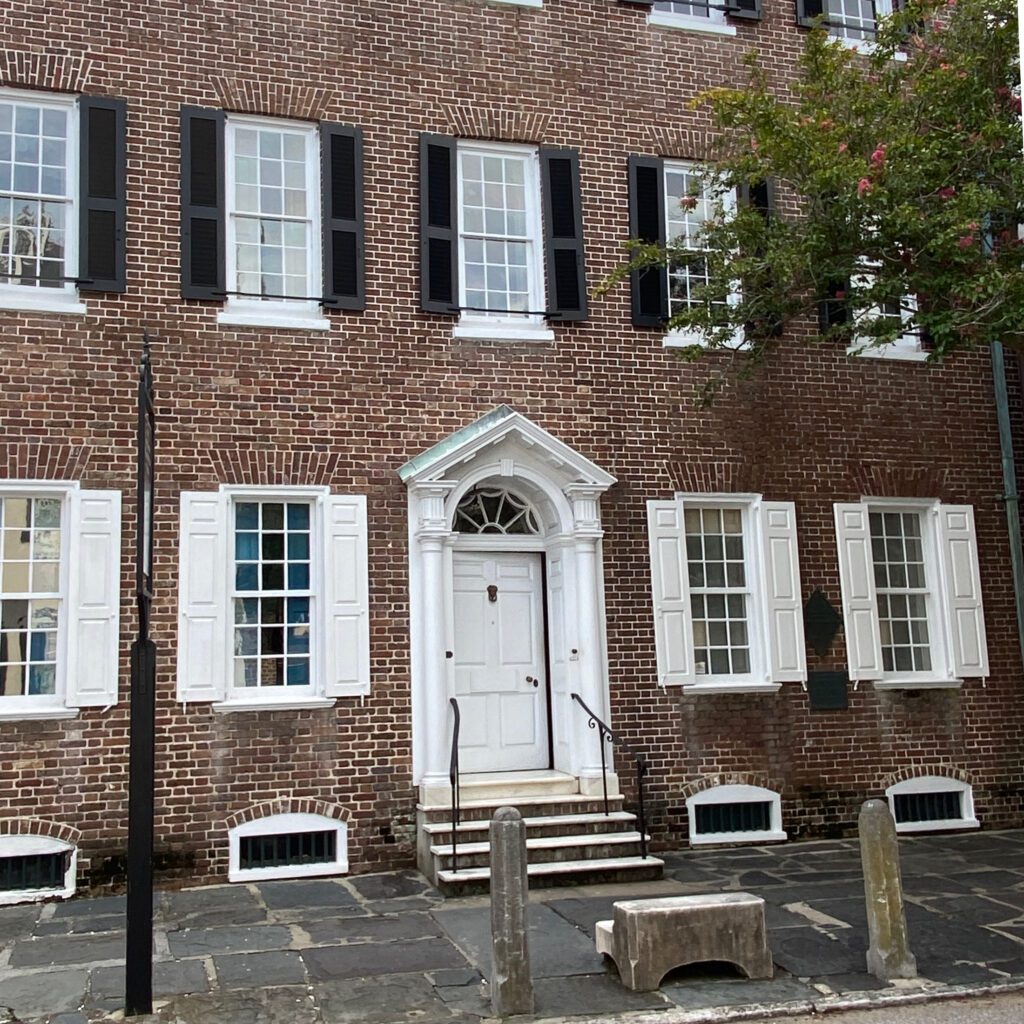
Further south of Calhoun Street is Broad Street. It is the area South of Broad Street where you will discover the most famous of all the old houses in Charleston. The Nathaniel Russell House, on 51 Meeting Street, was built in 1808. It is a splendid example of neoclassical architecture, with its grand portico, elegant interiors, and meticulously manicured gardens. The house showcases the opulence and grandeur of the antebellum era.
One other famous house, the Hayward Washington House is nearby on Church Street. This house, built in 1772 is said to have been rented to George Washington for a week in May, 1791.
Charleston Single House
You will also notice homes with a very unique style. These homes, built in later periods, are called the Charleston Single House. These unique homes are typically very narrow in width on the street side but extend deep into the property. There is a front door facing the street but it does not open to the interior of the house. It opens onto an open porch called a “piazza”. Most of these homes have three stories that each have an open piazza. In this way each room on each floor has a door to the porch allowing for great cross ventilation in the warmer months.
Oddly, some of the porch ceilings are painted blue to ward off evil spirits known as “haints.” According to Gullah folklore, haints are restless souls or malevolent spirits that cannot cross water, and painting the ceiling blue creates the illusion of water, keeping them away. This architectural style is a hallmark of Charleston’s historic district and is a testament to the city’s colonial past.
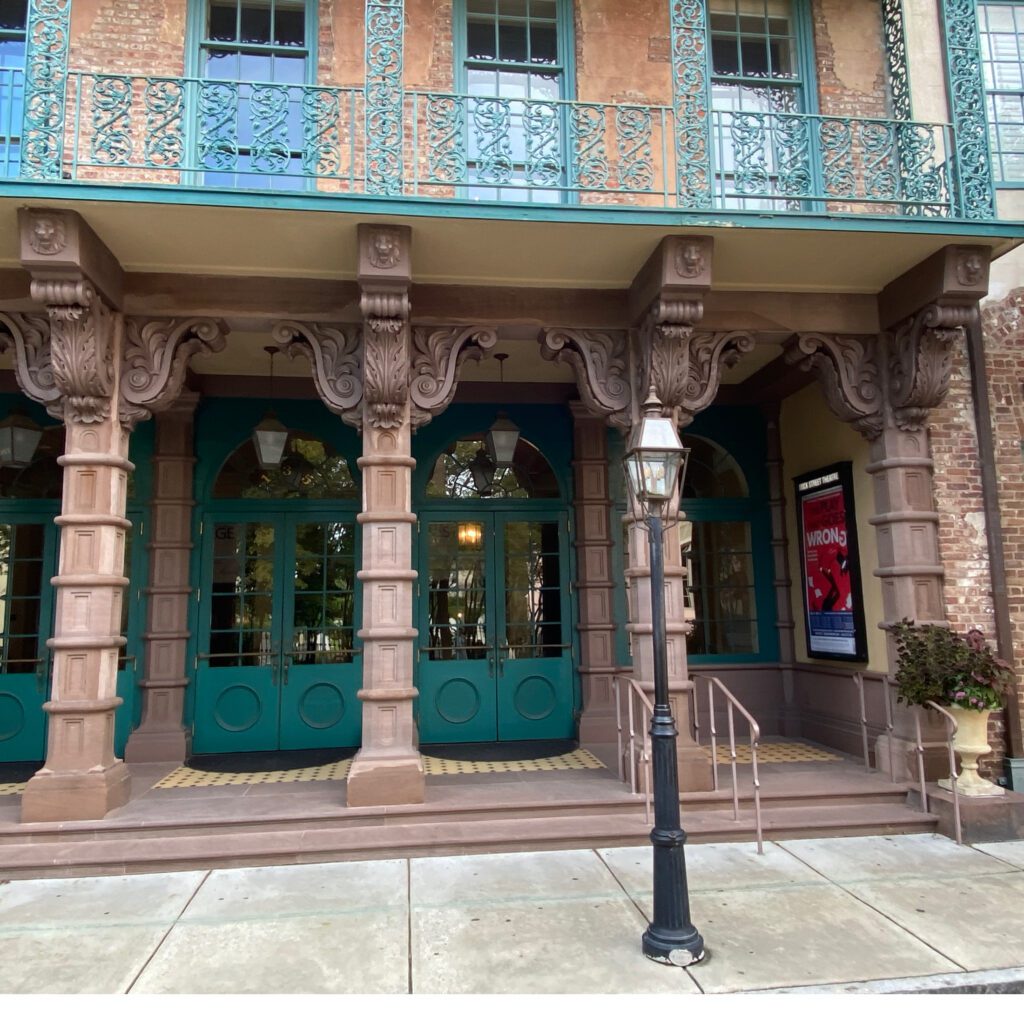
The iconic Dock Street Theater, built in 1736, is the first building in America designed specifically for theatrical performances.
Charleston Museum
Next, Immerse yourself in the city’s rich history with a visit to the Charleston Museum, the oldest museum in the United States. Explore the museum’s extensive collections, including artifacts from the Civil War era, Charleston’s maritime history, and the renowned Charleston Silver exhibition.
French Quarter
If you have the time, consider taking a leisurely stroll through Charleston’s French Quarter, known for its picturesque streets, art galleries, and charming cafes. Stop by the Halsey Institute of Contemporary Art, housed within the College of Charleston, to appreciate modern works by established and emerging artists.
The Citadel
The Citadel is also located in the center of Charleston. It is the oldest military college in the United States. Founded in 1842, The Citadel has a strong military tradition and notable alumni. The college’s cadets, known as “knobs,” play a significant role in the city’s cultural events, including the annual Military College of South Carolina’s Regimental Band and Pipes and Drums performances.
Where to Stay
We stayed at the French Quarter Inn because of its central location, allowing for an easy walk to anywhere in the historic area. It is along side the Charleston City Markets. This historic market spans four blocks and houses countless vendors offering handcrafted souvenirs, local goods, and artisanal creations. Engage with local artists and take home a piece of Charleston’s charm.
Where to Dine
The French Quarter Inn is also centrally located for most of the best restaurants in the City. For the three nights we were there we dined at Poogan’s Porch, High Cotton and Hank’s Seafood. The food and the ambiance was incredible. For first-timers to the City we would highly recommend you start with this trio of super fine eateries. They are very popular so try to make reservations in advance of your arrival to the City. You will not be disappointed.
This is how you travel the world after you retire. I know, I know, this is only 90 miles from home.

